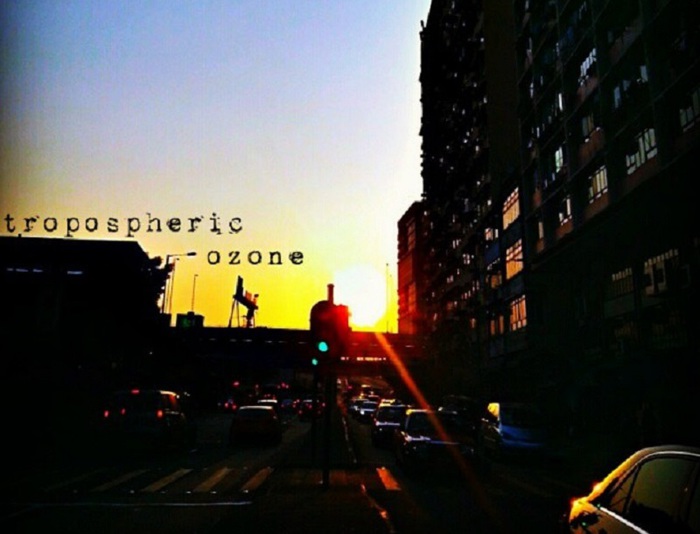Under the pressure of heat waves and drought, the level of so-called 'bad' ozone is increasing in Europe, that is, ozone on the ground which, contrary to the atmospheric one, is a strong oxidant capable of causing serious damage to vegetation and irritation of eyes, skin and lungs in humans. This is what emerges from international research published in the journal Nature Climate Change and coordinated by the American university of Princeton, in which Italy participated with physicists Giacomo Gerosa and Angelo Finco, both from the Catholic University.
The result, obtained on the basis of data and simulations that have reconstructed the period between 1960 and 2018, indicates that "the most extreme episodes of ozone pollution are linked to heat waves and drought, which are increasing in frequency and intensity in Europe, with serious consequences for natural and human systems ". The most serious episodes have in fact occurred in correspondence with the great wave of heat and drought that I know has hit Europe in 2003.
"In Italy the situation has slightly improved compared to 10 years ago. However model simulations show that the situation is destined to worsen again, despite our efforts to reduce emissions of the ozone precursors, due to the heating in act and the resurgence of drought events ", observe the Italian researchers.
"Through retrospective work that combined measures and models - they add - we have shown that climate change in Europe - are helping to increase ozone levels in the air, rather than reducing them as was always believed".
For years, they continue, the Mathematics and Physics Department of the Catholic University, Brescia campus, has been studying the impacts of ozone on vegetation and the climate system and has contributed to the international study with observations of ground ozone levels (tropospheric) conducted in the pine forest of the presidential reserve of Castelporziano in Rome.
Other measurements were obtained in altitude were obtained in Switzerland (Jungfraujoch), Germany (Zugspitze, Hohenpeissenberg) and Austria (Sonnblick) and still others were obtained from satellites. The models were developed in Princeton.
Climate, 'bad' ozone increases over Europe
2020-04-27T07:44:29.733Z

Helped by heat waves drought (ANSA)




